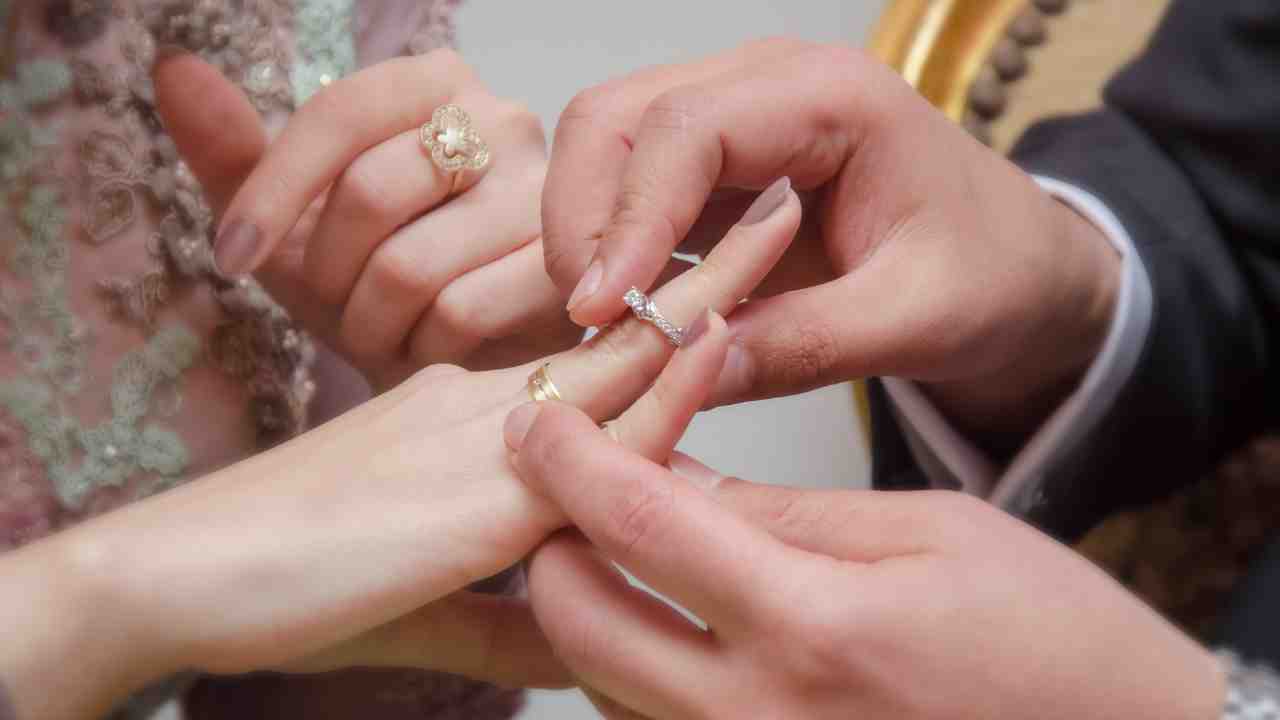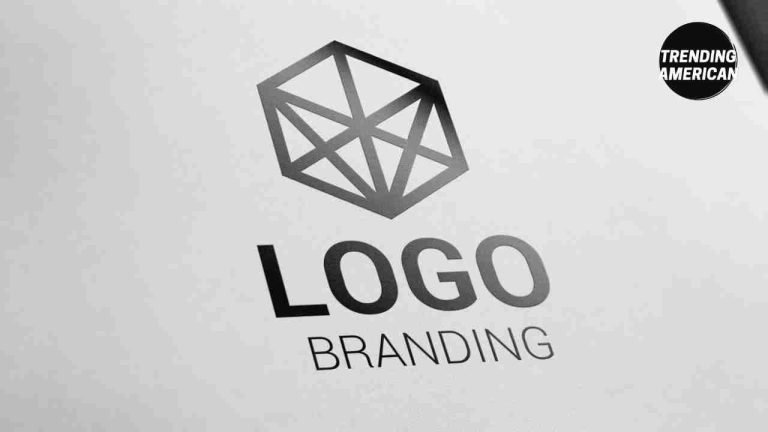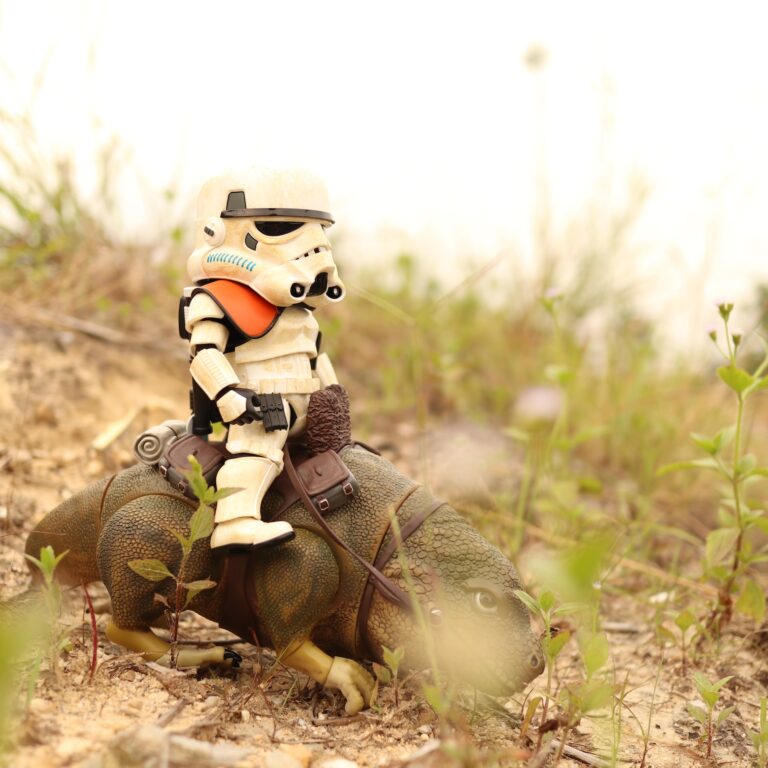Things You Need to Know Before Buying Engagement Rings
Buying an engagement ring is a big step in any relationship, so the couple wants to do it right. The average American spends $5,871, making this one of the most significant purchases most people will ever buy. Additionally, this is frequently purchased by clueless millennial guys.
While many modern couples shop for engagement rings jointly, it’s still helpful to have a budget and style in mind before you go.
Learn the average cost, the best way to gauge her ring size, whether a GIA certificate is necessary, and more. There are many essential and little things to consider when choosing an engagement ring, whether from a well-known shop or a small jeweler.
We recommend breaking up large activities into smaller, more manageable chunks.
What Are the Engagement Ring Facts?
- The Fundamentals of Buying a Diamond
The diamond and ring styles are discussed in depth in this section of the Comprehensive Guide to Purchasing an Engagement Ring. The engagement rings will be defined by the beauty and quality of their centerpiece stone. From knowing the 4 c’s to choosing the right setting these fundamentals of diamonds will help you in buying the perfect engagement ring.
- The four C’s
The “four C’s” is a phrase you will often hear while learning about engagement rings and diamonds in particular. The four C’s are used to determine a diamond’s overall quality and value.
These characteristics are called the “four Cs”: cut, carat, color, and clarity. They help you judge a ring’s quality and price. Knowing what you are getting for your money is helpful, but ultimately it boils down to whether the ring is appealing and fits you well.
- Find Out What Kind of Stone Will Be In The Middle
If your spouse secretly collects cushion cut diamond ring photos and links, it may complicate the purchase. “Cushion cut” refers to the lab created diamond’s core form while making an engagement ring. Consider how you would feel if you requested an iced coffee but were served iced tea instead.
- Settings
Rings may be made or broken by the quality of the setting and the metal framework to which the stone is attached. A bezel setting breathes new life into a traditional round engagement ring stone.
Even a modern oval might seem more classic in a classic four-prong mounting. Shape and environment go hand in hand, so ensure you get the perfect one.
- Diamond Shapes
- Round cut diamonds
Perhaps the most common kind of diamond cut sold today is the round cut. They have a classic and sophisticated look that brings forth the most in the stone’s natural radiance.
As a rule of thumb, 58 facets is the standard for cutting a round brilliant cut diamond. About 70% of all diamonds sold now come from these mines.
- Emerald Cut Diamonds
Diamonds with an emerald cut seem pretty different from round ones. Step cuts frame the diamond’s large, flat surface, influencing its look and light play (the “table”). Emerald-cut diamonds are suitable for high-quality stones since their “inclusions” are more evident.
- Oval-Cut Diamonds
Oval-cut diamonds have the same light-bending properties as their round counterparts. By stretching out its look, this diamond cut might make the wearer seem more significant than they really are.
- Princess Cut Diamonds
Like round cut stones, princess cut diamonds are adaptable in form and may be set in various ways. Princess-cut diamonds cost less per carat than other shapes due to less material wasted during cutting. Less expensive cuts have a rectangular form and less symmetry.
- Pear Cut Diamonds
Pear-shaped stones, such as oval-cut diamonds, may seem more significant due to their shape and point length. Pear-shaped diamonds are highly prized for their symmetry.
- Marquise Cut Diamonds
Marquise-cut diamonds seem a little bit like footballs, which is why they are so distinctive from pear-cut stones. Another form that might make a stone seem more significant than it really is is long and skinny.
- Heart Cut Diamonds
Diamonds shaped like hearts are both classic and contemporary. Heart-shaped diamonds are symmetrical, like pear and marquise cuts. The heart shape of this diamond cut is best seen in bigger diamonds since it is less evident in smaller ones.
- Cushion Cut Diamonds
Cushion-cut diamonds have rounded edges like square cuts. Modern cushion cuts are lighter and more elegant than their classic versions.
- Radiant Cut Diamonds
In the 1980s, a hybrid of the cushion and princess cut, the radiant cut diamond became more popular. These stones might be either more extended rectangles or squared stones with rounded or squared edges.
- Discover Your Finger Size
Know your fiancé’s finger size before shopping for an engagement ring. Ask them, or better yet, take them to be sized to determine their finger size. Get in touch with their friends and family if you’re worried about ruining a surprise you’ve been planning.
You may get rings in sizes as little as 2.5 and as large as 12. Finger sizes 5 and 7 are the most frequent. A ring may be resized up or down a length if you’re just a hair off, but if it’s more than a size off, it will only fit properly. You may also determine your ring size without leaving the house!
- Deal With Your Budget Limits
There is a saying about needing three months’ worth of pay to purchase the engagement rings to rest and go all out for the most incredible jewelry you can afford. Go for a ring with a bigger table or surface area if she’s a size queen, and your budget could be bigger.
While the lack of depth in the stone may diminish its shine, it will make a one-carat ring seem much more substantial. Don’t want to compromise the stone’s aesthetic appeal?
If you can live with slightly less carat weight, you can save about 20% by purchasing 1.8 carats instead of 2. And when it comes to eloquence, purchasing on the low side provides you the most leeway.
- Think About the Available Time
Your personalized engagement ring will take at least four to five weeks to construct. Professionals can make a unique ring for your significant other while remaining within your budget and ensuring a comfortable fit.
Some brands can manufacture your engagement rings by hand, which sets them apart from other jewelers.
Most jewelry-making technologies, like casting, use additive manufacturing to create the result. But hand fabrication is the only way a qualified craftsman can make jewelry from scratch. Handcrafted jewelry costs more than mass-produced due to additional time and effort.
Talk to a design expert early on to ensure you have your ring in time for your proposal. As a general guideline, start the procedure at least two to three months before the desired completion date.
- Protect Yourself While You Shop
Getting suggestions from loved ones should be your first step when looking for a jeweler. Doesn’t seem like there’s much progress, does there? Verify membership in any relevant trade groups. Start your search at GIA- or Jewelers of America-accredited shops.
Famous, large-scale chains tend to be trustworthy and sometimes have sales. Always inquire about the store’s return policy. You should be able to return or replace the stone if it turns out to be the wrong one.
- Write It Down
A third-party gemological report is necessary for diamonds weighing 1 carat or more. Receipt “Fingerprints” include the 4 Cs, form, size, and aesthetic enhancements. Noting that a famous designer designed it, is antique or period, was handmade or made for the customer, etc., may increase or decrease the price.
Conclusion
An engagement ring is one of those purchases that most people make just once. These tips might help you avoid problems after buying an engagement ring.
Potential buyers should know a few things before buying an engagement ring. First-time ring buyers may face criticism from their significant others, who may want modifications or a refund.



